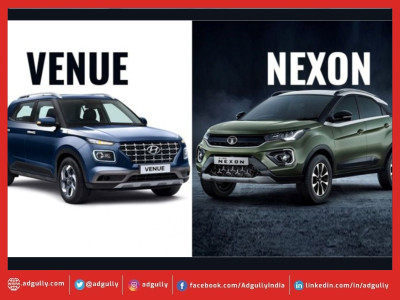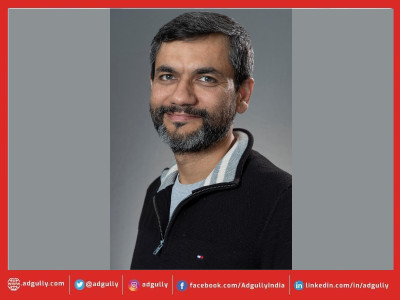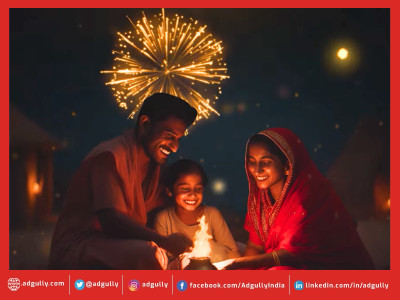Experience is the new currency for today's affluent middle classes: Study
Economic growth and urbanisation are rapidly expanding the affluent middle class in India. New global research from Collinson Group, reveals distinct motivations and attitudes amongst this group which go beyond traditional demographic and geographical boundaries. Today’s affluent consumers place a higher priority on family, altruism and enriching experiences, ahead of luxury products and short-term satisfaction.
Spending on grandchildren, children and partners is the main indulgence for Indian consumers when investing their money. Giving back to charity and the community, and protecting the environment also rate higher than buying leading brands and driving a luxury car. Affluent Indian consumers also expect banks to behave ethically much more than other nations (79% vs 68% globally).
Christopher Evans, Director at Collinson Group says: “The quality of experience is increasingly the new currency for today’s affluent middle classes. Where previously the affluent middle class was more motivated by luxurious trappings, they now place a higher priority on family and life experiences such as travel, as well as experiences offered by the products and brands they choose. This is an important distinction for businesses trying to attract this growing and influential group.
“The affluent middle class are the most valuable customers for many brands, particularly in the financial and travel sectors. As well as having high disposable income, this group shape the aspirations, buying habits and behaviour of other consumers.” “ICLP our global loyalty marketing company, has over 25 years’ experience in developing a deeper understanding of customers to advise brands on how they can drive more loyal and profitable customer behaviour.”
Collinson Group commissioned research with 4,400 consumers within the top 10-15% of global income in Brazil, China, India, Italy, Singapore, the United Arab Emirates, the United Kingdom and the United States. The global research identifies four “tribes”, or groups of people, who share some common traits which cut across age, gender and international boundaries.
Mid-Life Modernists are the most prominent tribe in India and are characterised by their enthusiasm for technology. Prudent Planners are motivated primarily by family and trying to help others. The Stylish Spenders do still yearn for the finer things in life. Finally, there are the Experientialists who put money-can’t buy experiences at the top of their priorities.
Christopher Evans continues “traditional definitions tend to define the middle class by income, spend or the products they buy. Our research identifies tribes which span geographies and in fact share common behaviours and attitudes. Understanding these motivations and offering tailored experiences, rewards and communications is key to winning the hearts and wallets of the affluent middle class.”
Tribal attitudes to travel
Travel is a common motivator for the affluent middle class and they all expect travel enhancements such as airport lounge access, fast track security and upgrades from their banks or credit card providers but there are different expectations between the tribes.
Stylish Spenders travel in luxury, viewing services such as airport lounge access, concierge services, airport valet and pick-up by limousine as “essential”. Travel to the most luxurious locations with the opportunity for them to “show” their status is also important. Hence we are seeing hotels and airlines such as The Mandarin Oriental and Delta Air Lines “Delta 360” invitation only club offering very exclusive rewards which are not widely publicised to attract this group.
For Prudent Planners and Mid-Life Modernists, which represent 69% of the affluent global middle class, offering more flexible travel related rewards, such as the chance to transfer points to family members or provide access to lounges or priority airline seating for family, will appeal the most.
To attract Experientialists, brands should consider expanding the rewards and benefits offered in their programmes to include more international content to reflect the motivations of this segment. For example a credit card could give travellers priority access to the world’s best restaurants or the opportunity to experience local cultural events.
The affluent middle class in India are the most frequent travellers globally, taking an average of just under 10 business and leisure trips a year. They travel the most for business and have the lowest global rating for both wanting more leisure time, and for indulging in holidays, indicating a hard work ethic.
Use of technology differentiates the tribes
The research shows a strong correlation between the most active users of technology and willingness to recommend and endorse brands they trust. A group of ‘technophiles’ spend over 20 hours a week of their leisure time on the Internet and are avid users of apps, social media, online shopping and streaming of digital content. Within this group, 72% are willing to make a repeat purchase from a brand they feel loyal to, 70% would recommend that brand to friends and family and 53% will choose this particular brand even if it is more expensive.
There are however clear differences in how the tribes prefer to use technology.
For example Stylish Spenders particularly value information which is personalised to them as well as the opportunity to tell others about access to exclusive destinations, hotels and restaurants via social media channels.
Smartphones, apps and digital experiences are valued by Mid-Life Modernists and offering promotions and price comparisons via mobile devices, particularly those that can benefit a whole family, is an effective way to engage with them.
Prudent Planners continue to value face-to-face interactions and retaining this as an option, rather than solely focusing on digital channels, is important for this sizeable segment.
Experientialists “live for the moment” and expect brands to regularly update digital content and offer unique experiences to maintain their interest.
Pen portraits of the four tribes
Prudent Planners are the largest tribe representing 41% of the overall sample. This group is motivated primarily by family and altruistic goals and is most prevalent in the United States and United Kingdom. Three quarters of this tribe (76%) cite spending time with family as their top indulgence and they have a higher than average interest in giving to charity (31%) and protecting the environment (30%). As the largest proportion within the affluent middle class at 41%, they are particularly valuable customers but are less motivated by material products and spend less time using technology such as smartphones or apps. Prudent Planners travel less than the other tribes but still take an average of six business and leisure trips a year. As a result, airline loyalty programmes are popular with this group, particularly if they extend benefits to the cardholder’s family. It is clear that to win over this group, companies need to think and act differently than they are today.
In contrast, Stylish Spenders seek the finer things in life. This tribe is most common in China and the United Arab Emirates and is four times more likely to buy leading brands than other affluent middle class consumers (76% compared to 22%) and drive a luxury car (70% compared to 25%.) This is the group which invests the most in travelling in style across all aspects of the travel journey. Stylish Spenders are a small but very influential tribe with over half under 34 years of age (55%) and 32% earning over $190,000 per annum. Despite their high spending power, this group is the most loyal to brands they trust, participating in an average of five loyalty programmes and feeling loyal to up to eight brands.
Mid-Life Modernists stand out for their enthusiastic use of technology, with 61% citing gadgets as their biggest indulgence, 90% spending more than five hours a week using their smartphone and 45% spending over 20 a week online via a computer. Mid-Life Modernists are well represented in India and Singapore. Digital experience has a significant influence on this group and businesses which invest in this area can create powerful advocates amongst Mid-Life Modernists. This tribe is willing to endorse and promote a brand they feel loyal to via social media, with three quarters prepared to recommend a company to their friends and family; 74% more likely to make a repeat purchase from a trusted brand and 67% saying they are engaged members of loyalty programmes.
Unique, money can’t buy experiences and exclusivity rather than standard products and services motivate the Experiential tribe. This group is prevalent in China, the United Arab Emirates and the United Kingdom and are most likely to enjoy experiencing a different culture (76%) and use travel as a way of keeping in touch with friends and family (67%). Experiences such as spending on holidays (81%), dining out and luxury foods (64%) are also a priority. Engaging these customers demands flexible rewards that include attainable travel redemption options and enriching lifestyle benefits.
















Share
Facebook
YouTube
Tweet
Twitter
LinkedIn